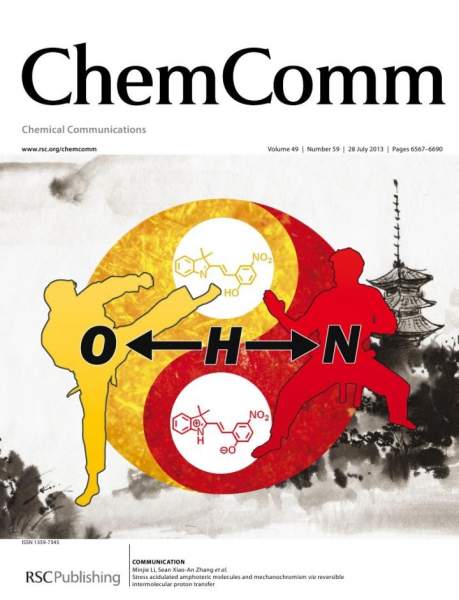Volatile organic compounds (VOCs) are a kind of air pollutants with toxicity and threat to the environment and human health, so they have attracted wide attention at home and abroad. Low temperature catalytic oxidation is widely recognized as an effective way to purify VOCs at home and abroad. In the gas-solid catalytic combustion system, the high activity and long life of the catalyst have been concerned by researchers. The high dispersion of active metals on the catalyst surface is one of the important means to improve the catalyst. However, the high temperature calcination during the formation of catalyst easily leads to the agglomeration and sintering of active metal sites on the catalyst surface, which leads to the significant reduction of catalyst catalytic properties such as activity or life.
Recently, the "atmospheric environment and bioenergy team" (http://catalysis.tju.edu.cn/) of Environmental College of Tianjin University has developed a series of non noble metal catalysts by designing the microstructure with highly dispersed active sites, which not only solved the key technical problems of high ignition temperature of catalyst, but also solved the technical difficulties of low catalyst life and poor water resistance in the process of catalytic combustion.A series cobalt - aluminum, manganese - aluminum, cobalt - manganese and other layered composite metal oxide catalyst were prepared by modified co-precipitation method. VOCs (acetone and ethyl acetate), which are difficult to break bonds, were used as probe molecules to test the catalytic performance of the catalysts. The research results (Chemosphere, 2018, 204, 257-266; Chemosphere, 2019, 895-906; Journal of chemical technology and biotechnology, DOI: 10.1002/jctb. 5868) show that the activity and life of the catalyst before modification are greatly improved by the introduction of potassium permanganate into the layered composite oxide, and the catalyst after four times of recycling has a 90% conversion of acetone and ethyl acetate while the temperature remained at 173 ° C (acetone) and 176 ° C (ethyl acetate). In view of this phenomenon, the researchers made a series of characterization tests to explain the mechanism of catalytic combustion in detail.
 The construction of this kind of cheap and efficient catalyst system not only promotes the control of VOCs emissions, but also plays an important role in guiding the design of heterogeneous catalytic oxidation catalyst.
The construction of this kind of cheap and efficient catalyst system not only promotes the control of VOCs emissions, but also plays an important role in guiding the design of heterogeneous catalytic oxidation catalyst.





